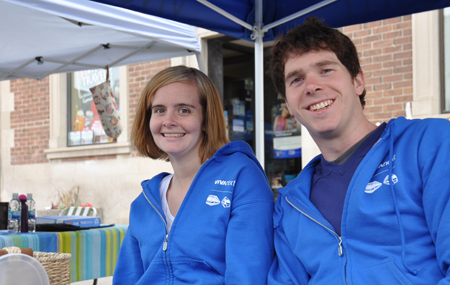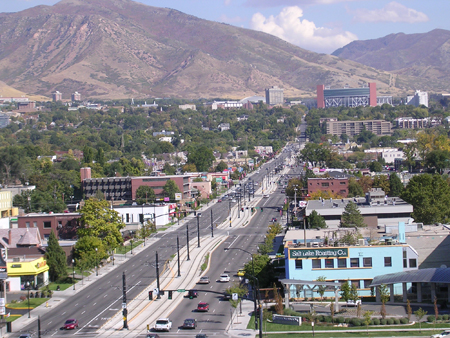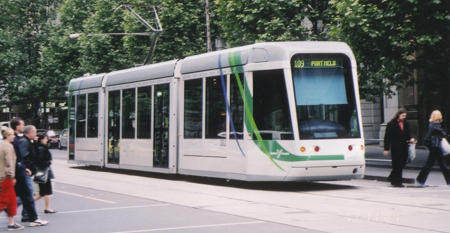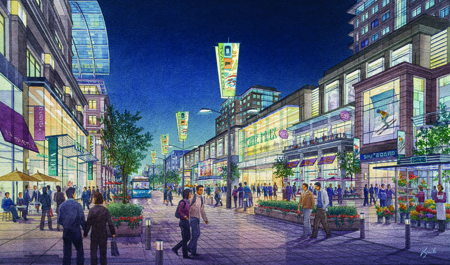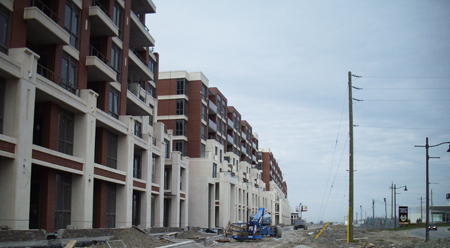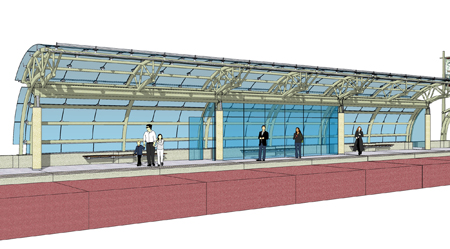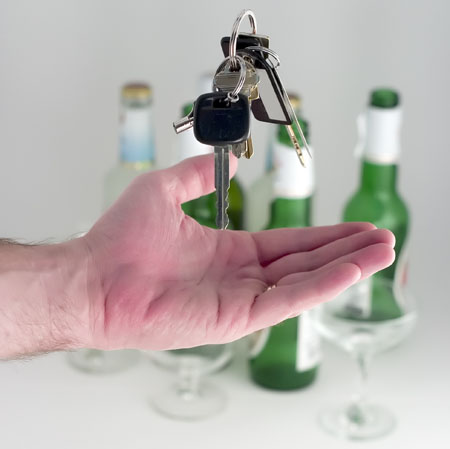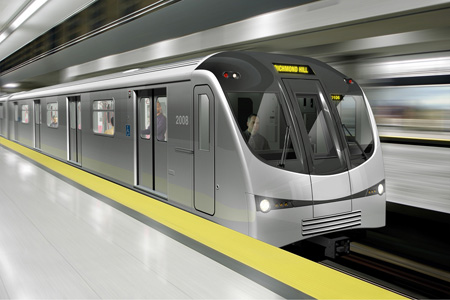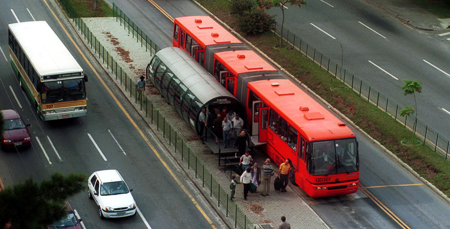
Curitiba, Brazil, home to over 3.5 million people in the greater area, has one of the most used and advanced bus rapid transit systems in the world. In fact, about 75% of the city’s commuters use the system for their daily trips to work. That’s a big contrast to the Greater Toronto Area where about 22% take transit according to Statistics Canada.
Like many bus rapid transit systems around the world, Curitiba’s buses are in their own lanes and move unimpeded by congestion and traffic signals as they have signal priority. They have a pre-boarding fare payment system and level boarding that works similarly to a subway, allowing for the fastest boarding possible and; therefore, less time between buses and higher capacity. People pay their fare and enter an elevated tube-shaped station. They say their capacity for a line is 36,000 riders/hour, which is similar to a subway.
Curitiba has not always had a transit vision. In the 1940s, the city had envisioned growth built around the car. But in the 1960s, a ballooning population made the city rethink expansion. A new vision was adopted that put strict controls on urban sprawl, reduced auto traffic in the downtown core and developed a convenient and affordable public transit system. They also changed the idea of a city growing outward from its city centre to development being built along corridors that branch out from the centre.
The system is credited with reducing the number of auto trips per year by 27 million. Curitiba uses 30% less fuel per capita than other cities in Brazil and has one of the lowest rates of ambient air pollution. Their system has been the inspiration for systems in Los Angeles, Bogota and Panama City to name a few.
Our goal is to provide you with the best possible rapid transit system. We can’t be like them weather wise (they have an average winter temperature of 13 degrees), but we can have a rapid transit system built around corridors that is fast and convenient.
What did you think about Curitiba? Can you imagine 75% of people in York Region taking transit for their daily commute?
Watch a film about the system in Curitiba
Learn more about the evolution of BRT

